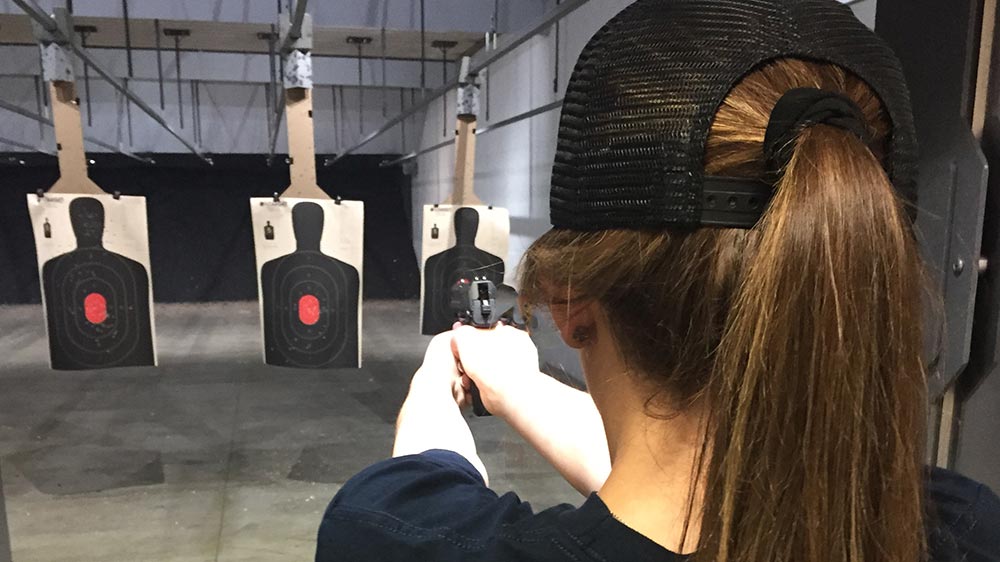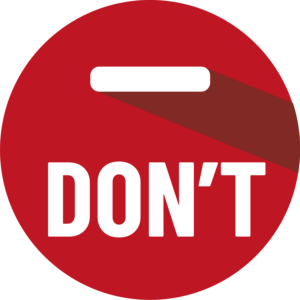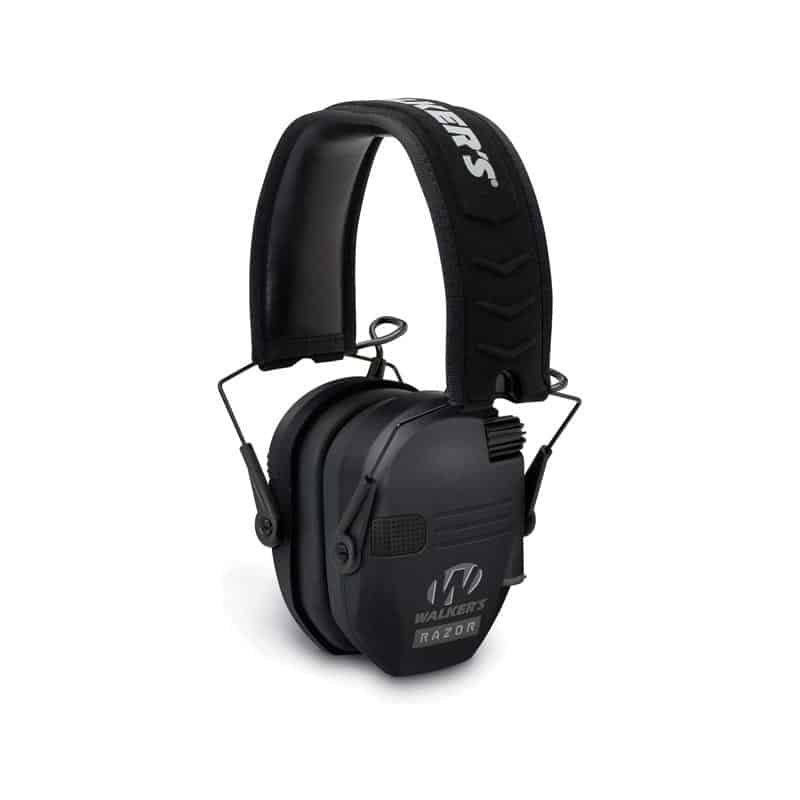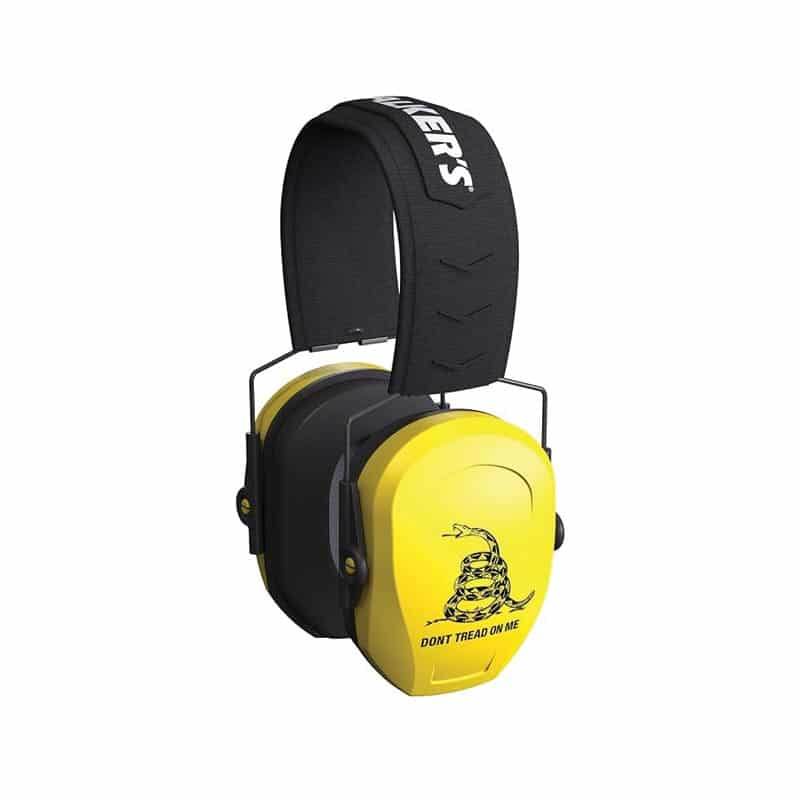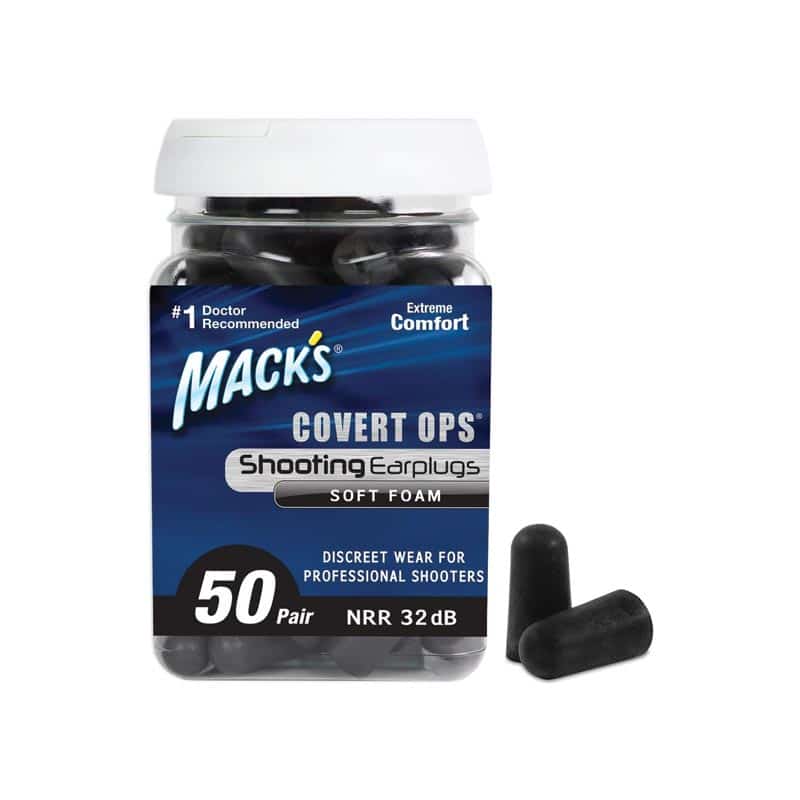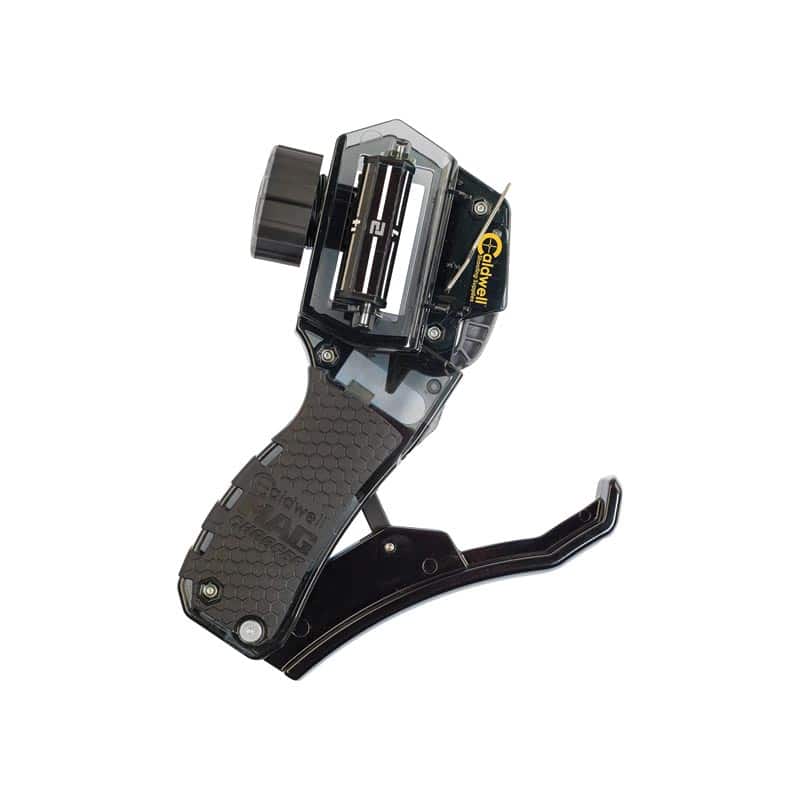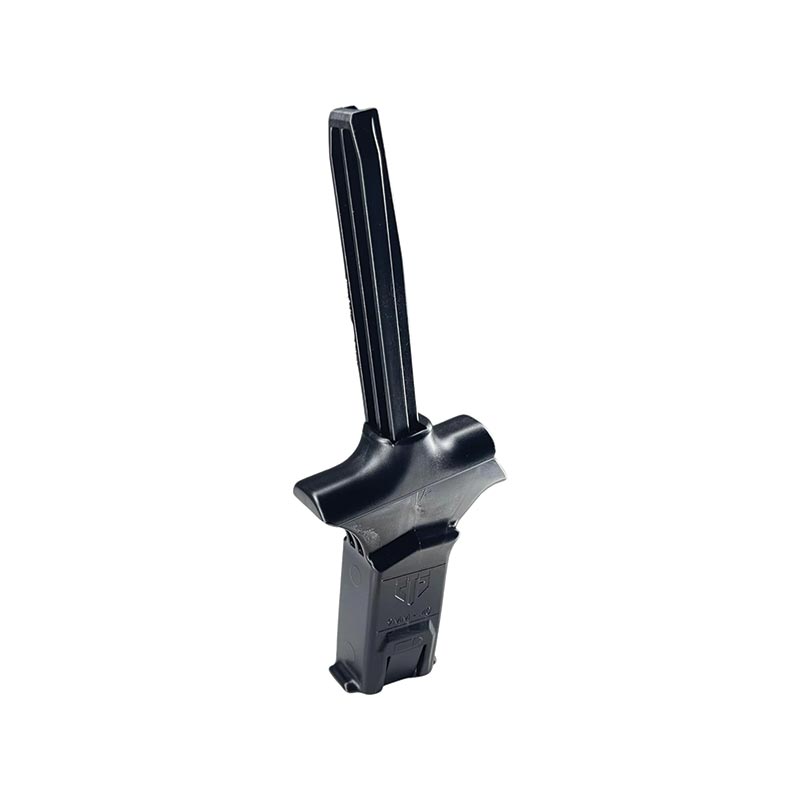Visiting a shooting range is about more than just practicing your aim; it’s a communal experience that demands respect, safety, and proper conduct. It is extremely important to always be aware of your surroundings and the actions of others. This includes knowing when the range is “hot” (active) or “cold” (safe for downrange movement). Awareness is key to ensuring not just your safety but the safety of others as well.
Range etiquette is crucial for ensuring a safe and enjoyable environment for everyone. Below are the essential dos and don’ts of range etiquette, helping both new and experienced shooters maintain a respectful and safe atmosphere.
General Rules: The Do’s and Don’t of Gun Range Etiquette
Follow Range Rules and Safety Procedures
Every shooting range has its own set of rules and safety procedures. These are designed to protect you and those around you. It’s essential to familiarize yourself with these rules before shooting. Common rules include keeping your firearm pointed down-range, wearing eye and ear protection, and only loading your firearm at the firing line.
Maintain Proper Muzzle Discipline
Always keep the muzzle of your firearm pointed down-range or in a safe direction. Never point a firearm at anything you do not intend to shoot. This rule is a cornerstone of firearm safety and is critical in preventing accidents.
Clean Up After Yourself
Leave your area cleaner than you found it. This includes picking up spent casings, disposing of used targets, and returning any range equipment to its proper place. Good housekeeping is a sign of respect for the range and other shooters.
Ask for Help if Needed
If you’re unsure about something, whether it’s a range rule or how to operate your firearm, don’t hesitate to ask for help. Range officers and staff are there to assist and ensure safety for everyone.
Handle Firearms Behind the Firing Line
Handling firearms behind the firing line is a significant safety violation. Always wait until you are at the designated shooting area to handle your gun. This rule helps prevent accidental discharges and ensures that all firearms are pointed in a safe direction.
Disturb Other Shooters
Respect for fellow shooters is a key aspect of range etiquette. Avoid loud conversations, unnecessary movement, or any other distractions that might disturb others. Remember, many shooters are there to focus and practice, and your actions should not interfere with their experience.
Offer Unsolicited Advice
While it’s tempting to offer advice or tips to others, refrain from doing so unless asked. Unsolicited advice can be distracting and unwelcome. If you see something unsafe, however, it’s important to notify range staff immediately.
Touch Another Shooter’s Firearm Without Permission
Respecting personal boundaries extends to equipment. Never touch another shooter’s firearm or equipment without their express permission. This rule is a fundamental aspect of respecting others’ property and personal space.
Always Wear Appropriate Attire
While safety and conduct are paramount at the shooting range, what you wear also plays a critical role in your shooting experience. The right attire can enhance safety and comfort, while inappropriate clothing can pose risks. Here’s a guide on what to wear (and what not to wear) for both men and women when visiting a shooting range.
Eye and Ear Protection
Safety glasses protect your eyes from potential flying debris, and earmuffs or earplugs help reduce the loud noise produced by firearms. Some ranges will provide these, but you may prefer to bring your own for comfort and fit.
Hats
A hat with a brim, like a baseball cap, can prevent hot brass casings from falling on your face or going down your shirt.
Shirt
Opt for a shirt or top without a collar, like a T-shirt or a sweater. Hot shell casings can fly out of your firearm when you fire, and you want to avoid them going down your shirt, which can be painful, and distracting while you are holding a gun. This is especially important for women.
Low-cut Tops
As mentioned earlier, hot brass can be a real nuisance (and can potentially burn you) if it gets inside your clothing. To mitigate this risk, avoid wearing low-cut tops. Remember, the key focus is your safety and comfort. If you’re comfortable and safely dressed, you’ll be able to better focus on learning and enjoying your time at the range!
Pants
Long pants are preferable to shorts for the same reason. They also protect you from hot brass that may land on your legs. Sturdy materials like denim or thick cotton are recommended. Pockets can be useful for carrying small items like extra ammunition, earplugs, or a shooting log. However, make sure the pockets aren’t so loose that items can fall out easily. Avoid wearing shorts or skirts. Long pants offer better protection from hot casings and reduce the risk of scrapes or cuts when handling equipment or moving in and around shooting stations.
Synthetic Fabrics
Certain synthetic materials can melt if struck by hot brass, so it’s best to stick to natural fibers like cotton.
Shoes
Closed-toe, sturdy shoes are a must. Sandals or flip-flops do not provide the protection you need from falling casings or potentially dropped firearms or ammunition.
Jewelry
It is advisable to remove any dangling earrings, necklaces, or other jewelry. They can get caught in your firearm or be struck by ejected casings.

